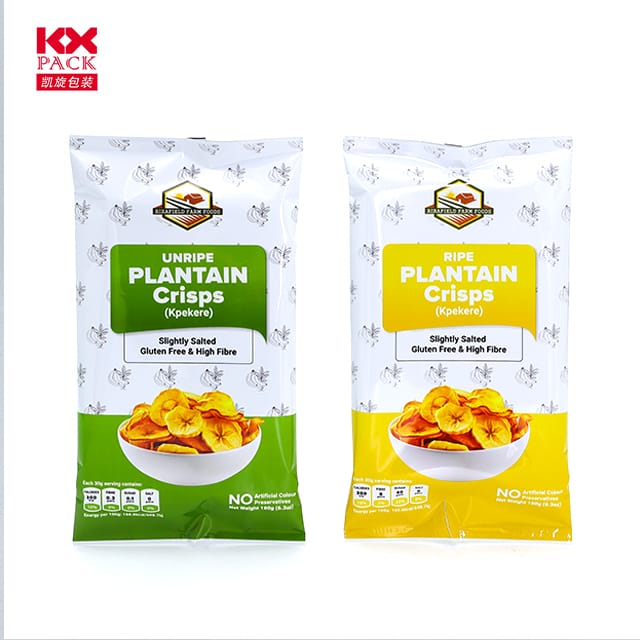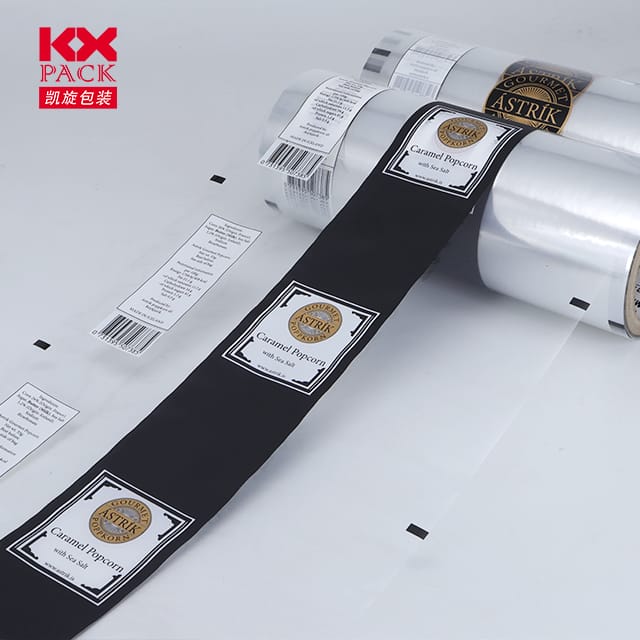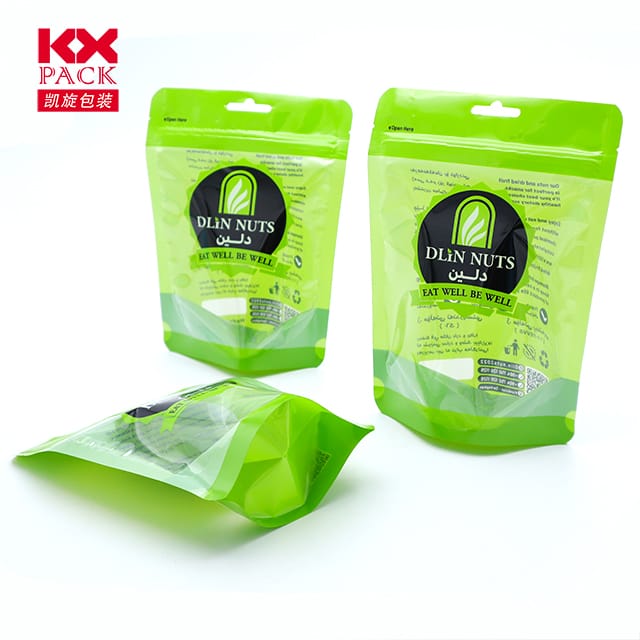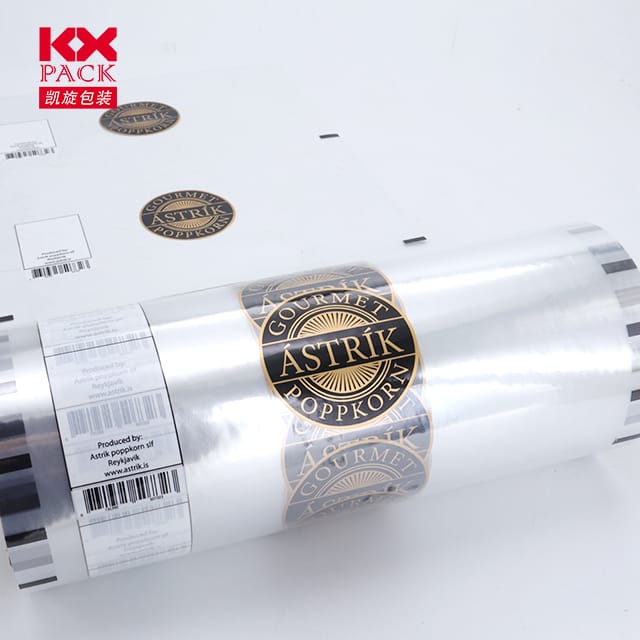تکامل و تأثیر فیلم های انعطاف پذیر در بسته بندی مواد غذایی: یک انقلاب پایدار 3)
Flexible Films
In today’s fast-paced world, بسته بندی مواد غذایی دیگر فقط مربوط به مهار نیست - این علمی است که حفظ حفظ می کند, راحتی, و پایداری. از جمله نوآوری هایی که این تحول را هدایت می کنند, flexible films have emerged as a game-changer in food packaging. سبک وزن, همه کاره, و سازگار, این مواد در حال تغییر شکل دادن به نحوه محافظت از ما هستند, حمل, و غذا مصرف کنید. Let’s dive into why flexible films are revolutionizing the industry and what their future holds.
What Are Flexible Films?
Flexible films are thin, pliable materials made from polymers like polyethylene (پلی اتیلن), پلی پروپیلن (PP), پلی استر (PET), and biodegradable alternatives such as PLA (اسید پلیلاکتیک). These films can be laminated, coated, or printed to create packaging solutions tailored for specific food products—from snacks and fresh produce to frozen meals and beverages.
Their key advantages? Lightweight construction reduces shipping emissions, customizable barrier properties extend shelf life, وflexibility allows for efficient use of space in packaging designs.
Why Are Flexible Films Dominating Food Packaging?
- ماندگاری افزایش یافته
Flexible films can be engineered with oxygen, مرطوب, and light barriers to prevent spoilage. مثلا, high-barrier laminates keep coffee fresh, while modified atmosphere packaging (نقشه) films extend the shelf life of meat and cheese. - Sustainability Gains
Traditional rigid packaging often uses more material and generates higher waste. Flexible films, by contrast, require fewer resources to produce and transport. علاوه بر این, advancements in recyclable and compostable films (به عنوان مثال, bio-based PLA or mono-material PE structures) are reducing plastic pollution. - راحتی & نوآوری
Resealable zippers, easy-tear openings, and stand-up pouches make flexible packaging consumer-friendly. Brands like snack companies and ready-meal producers leverage these features to enhance user experience. - کارایی هزینه
Lighter materials mean lower shipping costs, and the ability to form-fill-seal (FFS) on high-speed machinery boosts production efficiency.
Challenges & جاده پیش رو
با وجود مزایای آنها, flexible films face hurdles:
- Recyclability Complexity: لمینتهای چند لایه (به عنوان مثال, PET/AL/PE) are hard to recycle.
- Consumer Perception: Some still associate plastics with waste, even if innovations like chemical recycling or compostable films exist.
Solutions on the Horizon:
- Mono-Material Structures: Using a single polymer type (به عنوان مثال, all-PE pouches) improves recyclability.
- فیلم های تخریب پذیر: Made from renewable resources, these break down naturally, though scalability remains a challenge.
- بسته بندی هوشمند: Integrating sensors or QR codes into films to track freshness and reduce waste.
The Future is Flexible
The global flexible packaging market is projected to reach$250 میلیارد توسط 2028, driven by e-commerce growth and sustainability mandates. Brands are increasingly prioritizingcircular design—creating packaging that’s recyclable, reusable, or compostable by design.
As consumers demand eco-friendly options without sacrificing convenience, flexible films will play a pivotal role in bridging the gap. مرز بعدی? Innovations likeedible films (made from seaweed or starch) یاself-healing materials that further minimize waste.
نتیجه
Flexible films are more than just packaging—they’re a testament to human ingenuity in solving modern challenges. By balancing functionality, پایداری, and affordability, they’re not just protecting food but also our planet. As technology advances, one thing is clear: the future of food packaging is flexible, and it’s here to stay.
What’s your take on flexible films? Share your thoughts in the comments below! 🌱🍱
کلمات کلیدی: flexible films, food packaging, پایداری, ماندگاری, قابل تجزیه زیستی, قابل بازیافت, circular economy







